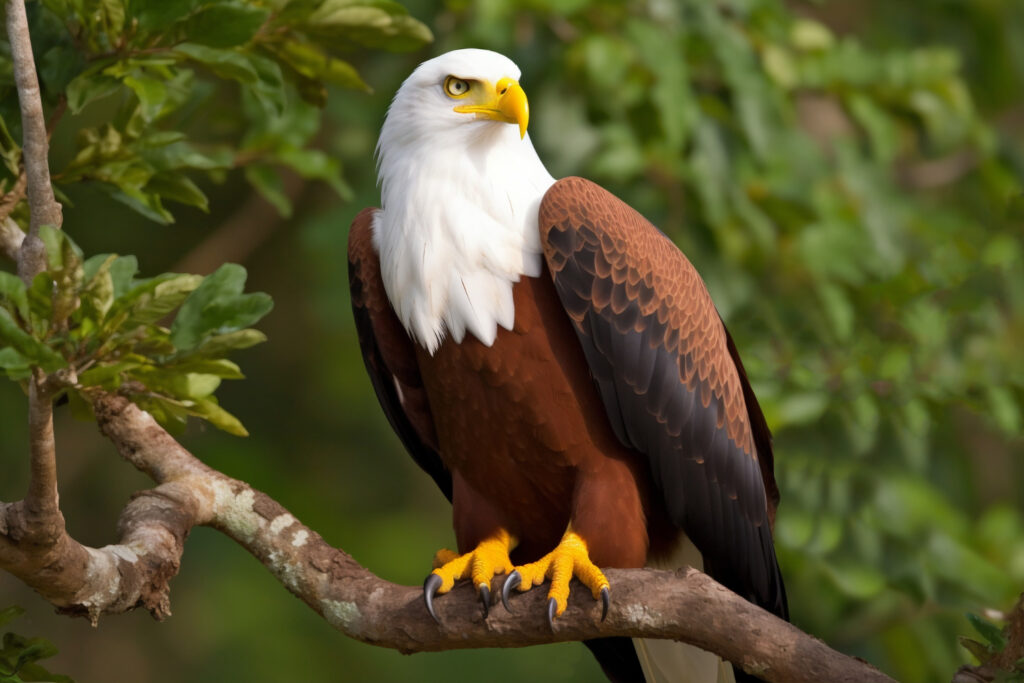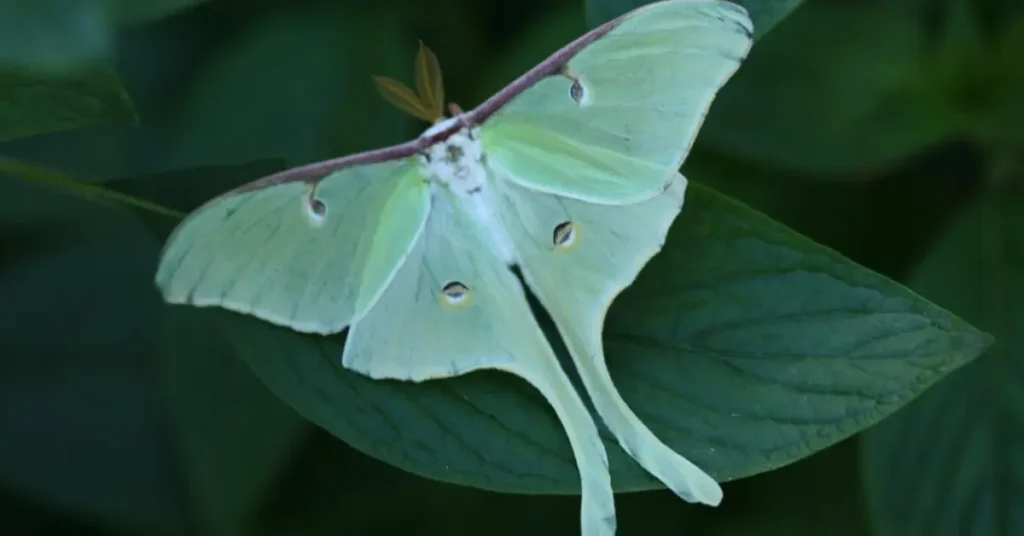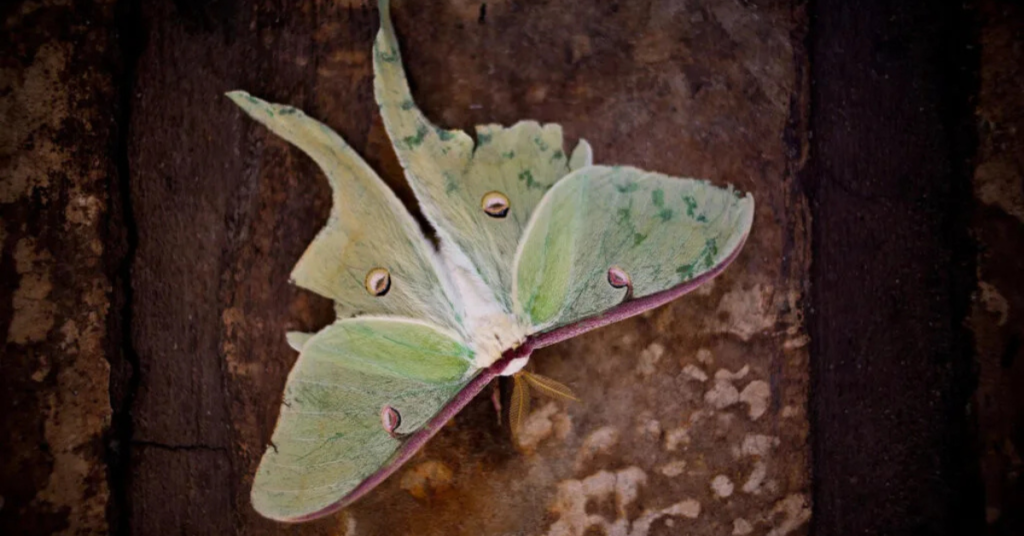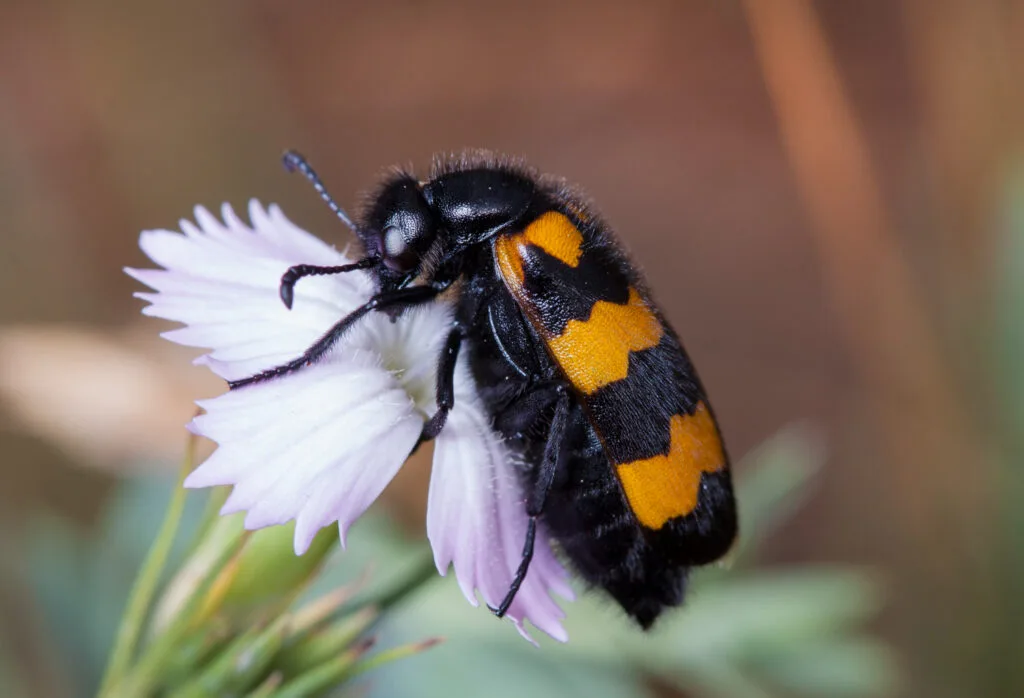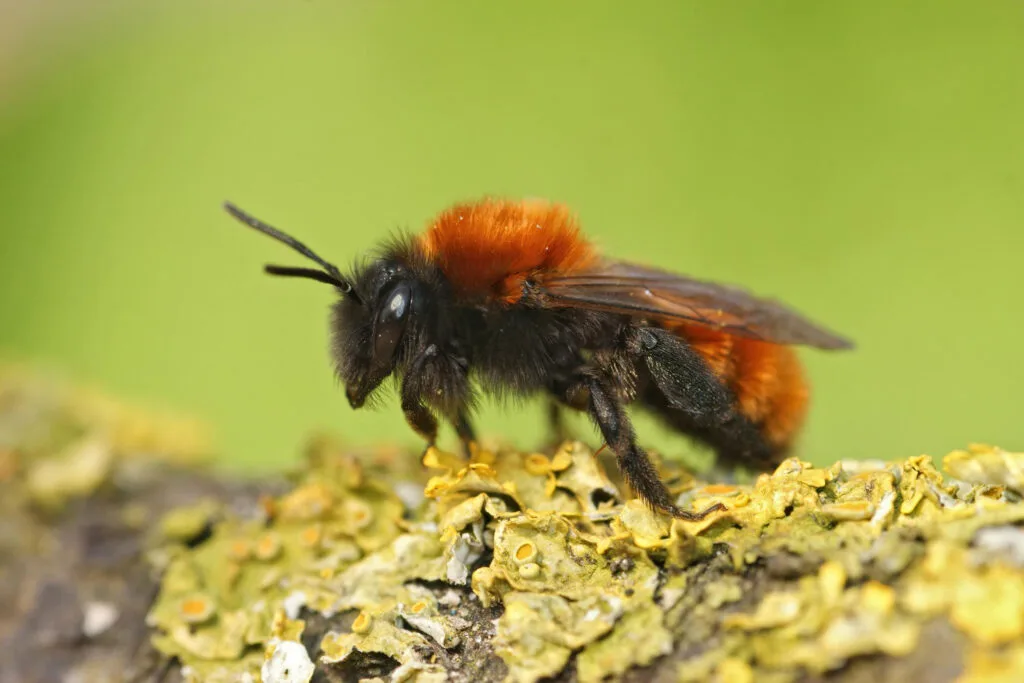Across continents and cultures, eagle species have long represented courage, dominance, and vision. But beyond their symbolic strength lies a fascinating diversity of biology and behaviour. These raptors are apex predators, environmental indicators, and key components of natural food chains. With nearly 60 recognised eagle species, each one has evolved to conquer a specific landscape—be it alpine peaks, tropical jungles, or coastal shores.
In this article, we take you on a journey to meet five of the most powerful eagle species from around the world—species that inspire awe not just for their appearance but for their intelligence, hunting skills, and ecological importance.
Table of Contents
ToggleWhat Makes Eagle Species So Special?
Eagle species belong to the Accipitridae family, which also includes hawks and kites. What sets them apart is their sheer size, visual acuity (up to 8 times stronger than humans), and specialised anatomy. Their large wings allow for soaring flight, while powerful talons are adapted for gripping and dispatching prey.
From their nesting habits to hunting strategies, each eagle species showcases the marvels of evolution tailored to its environment. These birds are also territorial and highly intelligent, often forming strong pair bonds and returning to the same nesting sites year after year.
1. Bald Eagle (Haliaeetus leucocephalus)
The Aquatic Specialist of North America
The Bald Eagle is perhaps the most iconic of all eagle species, known for its contrasting white head and tail against a dark brown body. Found near freshwater and coastal habitats, it is a specialist fish hunter but is also known to scavenge.
- Wingspan: Up to 2.4 metres
- Range: Canada, the United States, Northern Mexico
- Notable Fact: They can carry up to 1.8 kg of prey mid-flight
Once endangered due to pesticide use and habitat loss, the Bald Eagle has made a tremendous comeback thanks to strict conservation laws, making it a symbol of environmental recovery among eagle species.
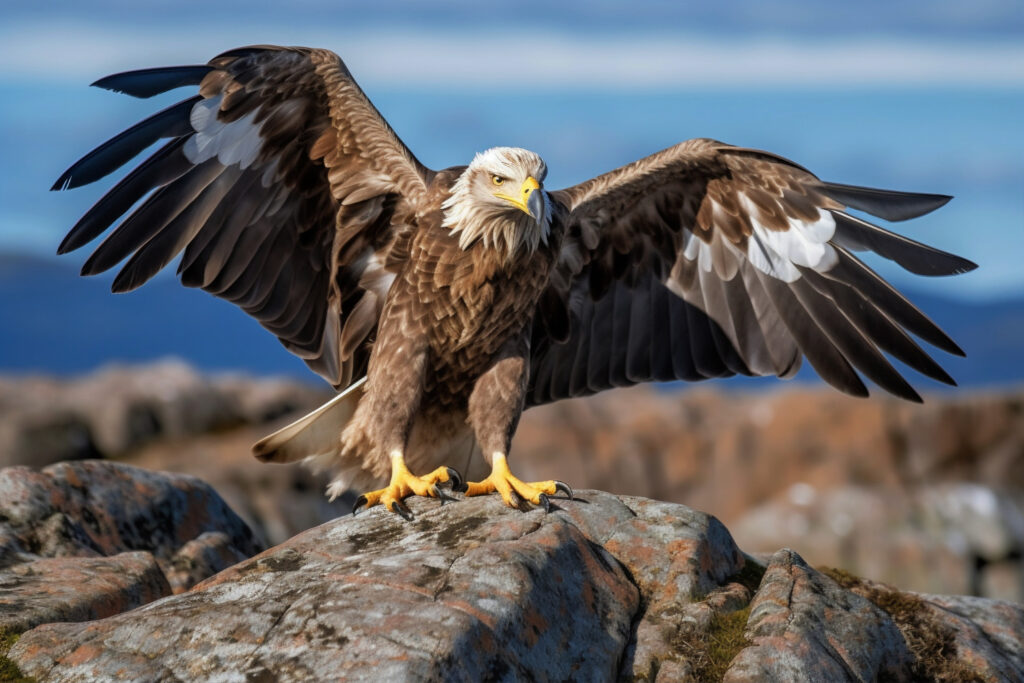
2. Harpy Eagle (Harpia harpyja)
The Apex Predator of the Canopy
As one of the heaviest and most powerful eagle species, the Harpy Eagle rules the rainforests of Central and South America. Named after the mythological harpies, this bird has a fearsome appearance with a crown of feathers and enormous talons.
- Weight: Up to 9 kg (females are significantly larger than males)
- Prey: Primarily tree-dwelling mammals like howler monkeys and sloths
- Notable Adaptation: Short, broad wings ideal for navigating dense forests
The Harpy Eagle’s presence in a forest is a key sign of ecological health. Unfortunately, like many tropical eagle species, it is now near-threatened due to logging and habitat fragmentation.

3. Golden Eagle (Aquila chrysaetos)
Master of the Mountains and Open Plains
This widespread raptor is one of the most studied eagle species in the world. The Golden Eagle is known for its speed, strength, and sharp hunting techniques. Unlike its name, its feathers are not golden but dark brown with a golden hue on the back of its neck.
- Speed: Can dive at 240 km/h to snatch prey
- Habitat: Highlands, steppe regions, and even deserts
- Notable Behaviour: Uses rocks to break open tortoise shells
Used for centuries in falconry, especially in Mongolia, this eagle species holds deep cultural significance. Its populations are relatively stable, but climate change and wind farms pose emerging threats.
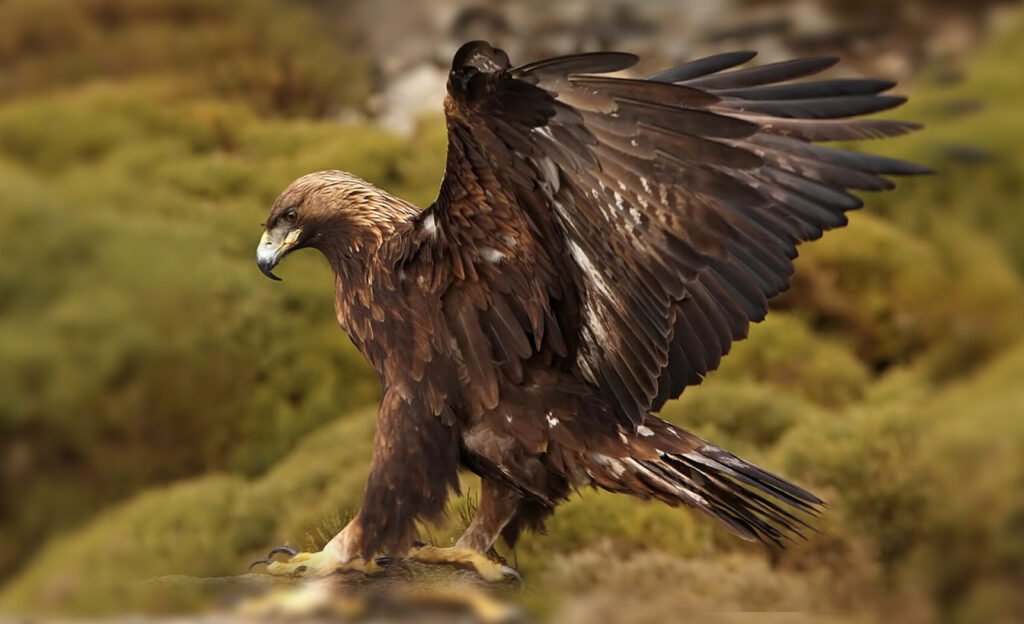
4. Martial Eagle (Polemaetus bellicosus)
Africa’s Largest and Most Fearless Eagle
The Martial Eagle is one of the most dominant eagle species in the African continent. Known for its ability to hunt prey as large as small antelope, it’s unmatched in power and eyesight.
- Vision: Can spot prey from over 5 km away
- Threats: Frequently persecuted by farmers for taking livestock
- Nesting: Large nests, reused and expanded yearly
Its plumage is striking—dark above and heavily spotted below. This eagle species is listed as vulnerable, primarily due to human-wildlife conflict and poisoning.

5. Philippine Eagle (Pithecophaga jefferyi)
Asia’s Crown Jewel of the Skies
Among the rarest and most majestic eagle species, the Philippine Eagle is critically endangered and endemic to the Philippines. Towering over many of its counterparts, it’s affectionately called “The Monkey-Eating Eagle”.
- Length: Up to 1.1 metres, making it one of the tallest eagles
- Threats: Deforestation, hunting, and lack of protected areas
- Breeding: Pairs lay only one egg every two years
This eagle species is so revered that harming one carries a severe prison sentence in the Philippines. Conservationists are racing against time to save it from extinction.
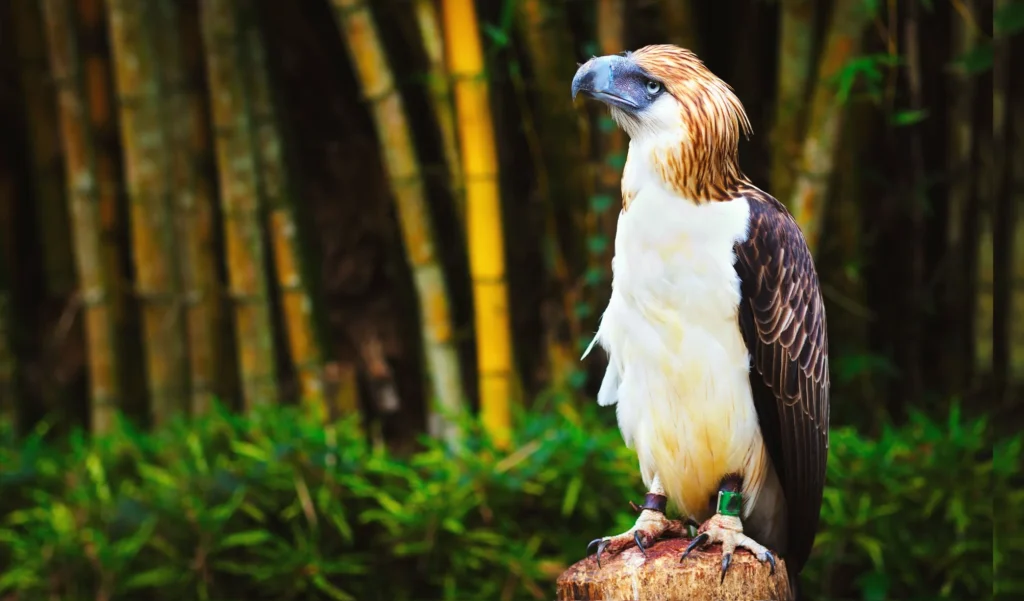
The Role of Eagle Species in the Ecosystem
Each eagle species functions as a keystone predator, maintaining a balanced food web. Their presence controls populations of rodents, reptiles, and small mammals, preventing outbreaks and promoting vegetation recovery.
In addition to ecological impact, eagle species are culturally revered—from Roman legions to indigenous totems—embodying nobility, foresight, and divine connection.
Conservation Challenges Facing Eagle Species
Despite their strength, many eagle species are declining rapidly. Common threats include:
- Habitat loss due to deforestation, agriculture, and urban sprawl
- Poisoning, either direct or secondary (e.g., lead bullets in carrion)
- Electrocution on powerlines and turbine collisions
- Climate change altering migration and breeding patterns
Organisations like the IUCN, BirdLife International, and local wildlife foundations are making efforts to research, breed, and reintroduce vulnerable eagle species. Public awareness and habitat protection remain key.
Eagle Species: Nature’s Elite Flyers Deserve Protection
From the rainforests of Brazil to the mountains of Central Asia, eagle species are powerful, graceful, and crucial to our planet’s health. As stewards of the Earth, it’s our responsibility to preserve their habitats and ensure that future generations can witness these magnificent birds in flight.
Let’s not just admire them in pictures—let’s take action to support wildlife conservation, research, and eco-friendly living.
Quick Recap: 5 Remarkable Eagle Species
Eagle Species
Continent
Wingspan
Key Threat
Central/South America
Global (NHemisphere)
Africa
Asia (Philippines)
2 m
2.3 m
2.6 m
2.2 m
Deforestation
Wind farms
Persecution
Habitat destruction
Conclusion
In an age where natural beauty is often overshadowed by human activity, the majesty of eagle species reminds us what’s truly worth protecting. Whether it’s the fierce Martial Eagle surveying the savannah or the noble Philippine Eagle guarding its last forest, these birds deserve our respect and our action.
Eagle species are not just birds—they are guardians of the wild, messengers of ecosystems, and emblems of power and freedom.

